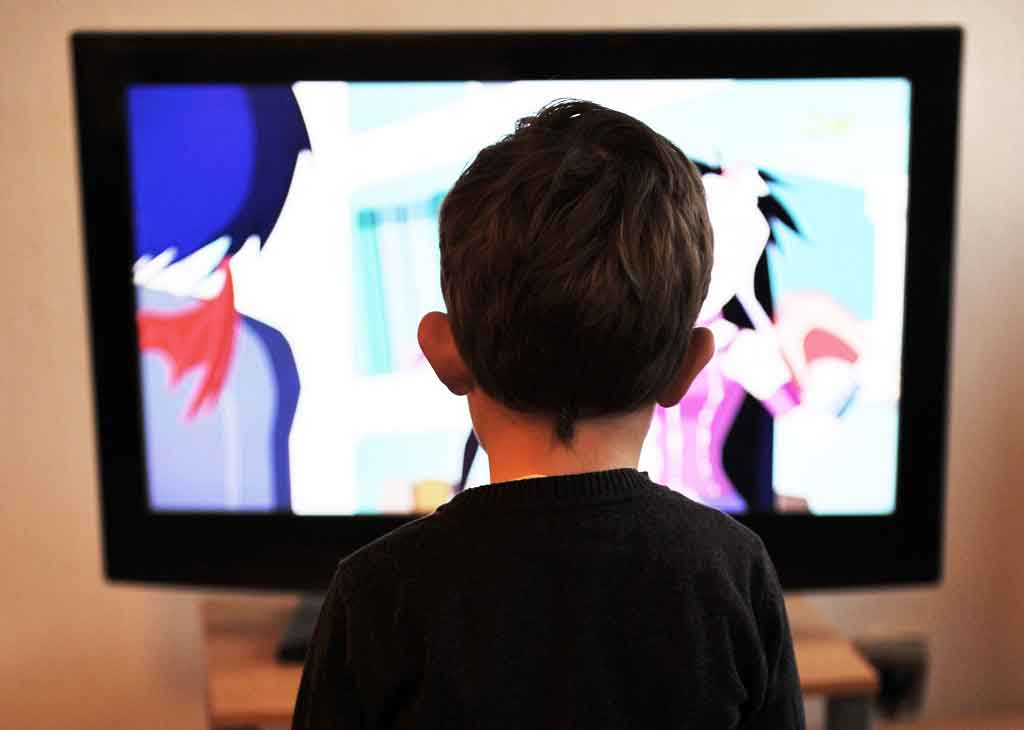Secondhand toys 'may pose toxic threat to children'
Pregnancy and child

"Plastic used in some secondhand toys could pose a health risk for children as they don't meet the most up-to-date safety guidelines, a study has found," BBC News reports.
"Plastic used in some secondhand toys could pose a health risk for children as they don't meet the most up-to-date safety guidelines, a study has found," BBC News reports. A British scientist analysed 197 secondhand toys collected from homes, nurseries and charity shops in Plymouth.
He found 31 toys contained potentially harmful chemicals and four breached EU regulations, first introduced in 1988 and made more stringent in 2009.
Toys were tested for chemicals currently controlled by EU law, many of which were once used as pigments in toys. Traces of arsenic, barium, cadmium, chromium, lead, antimony and selenium were found. Bromine, which is used as a fire retardant, was also tested for.
Exposure to all of these chemicals is a concern, as they have been linked to a range of health and development problems.
Many of the toys contained detectable amounts of at least one of the chemicals.
Cadmium, chromium and lead levels were most likely to breach current standards. An acid test was used to see if chemicals were likely to be absorbed into the body if swallowed.
The toys with the most hazardous levels were red and yellow Lego bricks, jewellery beads, and figures (such as animal models).
Younger children, who love putting things in their mouths, may be most vulnerable to any potential exposure.
Where did the story come from?
The study was carried out by a researcher from Plymouth University in the UK.
It was published in the peer-reviewed journal Environmental Science and Technology. There's no information available about funding.
The story was widely reported in the UK media. Most stories played up the risk, while BBC News gave a balanced report that included expert comment on what the breaches of modern safety regulations mean for children's health.
What kind of research was this?
The researcher carried out a sampling exercise in which he collected toys from a variety of sources and subjected them to various laboratory tests to see if they met or exceeded current EU safety standards.
The tests in themselves don't tell us what the danger to any individual child might be.
What did the research involve?
A researcher collected around 200 moulded plastic toys for young children from a primary school, 2 nurseries, 5 family homes and various charity shops in Plymouth.
He used X-ray fluorescence (XRF) spectrometry to identify the presence of 9 potentially hazardous elements. A spectrometer is an instrument that can determine both the amount and type of chemicals in a particular object or sample.
As well as testing whether the toys contained these chemicals, he tested 26 toys to see if the chemicals leached out when exposed to acid (for example, if the toys are chewed or swallowed and then exposed to stomach acid, described as "migration").
The levels of chemicals in the toys were estimated by measuring the thickness of the plastic and comparing it to the XRF results.
The researcher carried out 285 XRF analyses on 197 toys (several different measurements on different parts of a toy, such as wheels and body of a car).
He used scrapings or tiny pieces of plastic for the migration test. The results were compared with current EU guidelines on safe limits for chemicals in toys for young children.
What were the basic results?
The researcher found:
- 31 toys had concentration levels of at least one chemical when tested by XRF that were of concern. There are no EU concentration limits, but the levels were high enough to raise the possibility that they could breach the migration limits.
- Some toys had several chemicals – for example, 2 types of bead had bromine, cadmium, lead and antimony, while several Lego bricks contained cadmium and selenium or chromium and antimony.
- Of 26 toys tested, 4 had results that breached EU limits on the migration test, or potentially breached them. These included a tape measure, construction bricks, a dinosaur model and a black bead. Two further toys were potentially non-compliant, but the tests weren't able to confirm this.
How did the researchers interpret the results?
The researcher warned: "The results of the present study reveal high concentrations of many elements listed by the original EU 88/3781/EEC Toy Safety Directive in products that remain in circulation, being handed down by parents, recycled via charity shops, and donated to or purchased (historically) by nurseries, hospitals and schools."
He said that high levels of cadmium and lead-based pigments found in yellow and red Lego bricks mean older Lego sets, "and in particular those containing brightly coloured pieces, should be treated with caution".
Conclusion
Most schools, nurseries and parents are happy to have hand-me-down or donated plastic toys, which are durable and can be washed, rather than buying expensive new toys.
Keeping plastic toys in use also means less plastic being manufactured and disposed of – important given the amount of plastic waste that needs to be disposed of.
But the results of this study suggest that some older plastic toys might be better being retired than given to small children.
The toy safety regulations used in the study were introduced in 1988, although they have been tightened for some elements since then.
Some of the pigments used in the 1970s and 1980s are best avoided, as they can build up in a child's body over time and become toxic in the long term.
If your children have been happily playing with your old toys, there's no need to panic.
Only a small proportion of the toys breached limits on the migration test, which simulates what might happen if toys are chewed or swallowed.
And this study has limitations. We don't know how representative the toys collected and tested are of toys generally in circulation.
We also don't know the age of the toys, or their condition. That means it's difficult to advise parents about which toys might be safe to keep and which are best thrown away.
Parents might want to be more cautious of toys that are sized or shaped in a way that means they can be put into a child's mouth, and especially of old toys that are chipped or flaking, making it more likely that bits of plastic are eaten.






 Subscribe
Subscribe Ask the doctor
Ask the doctor Rate this article
Rate this article Find products
Find products






